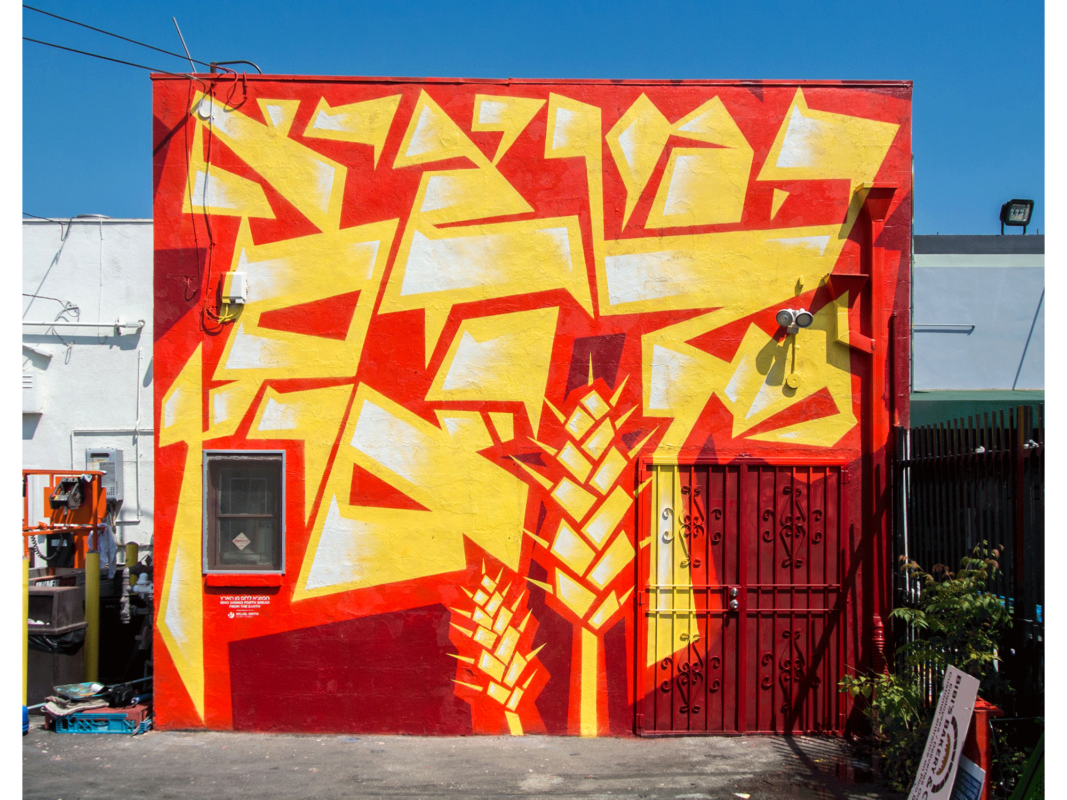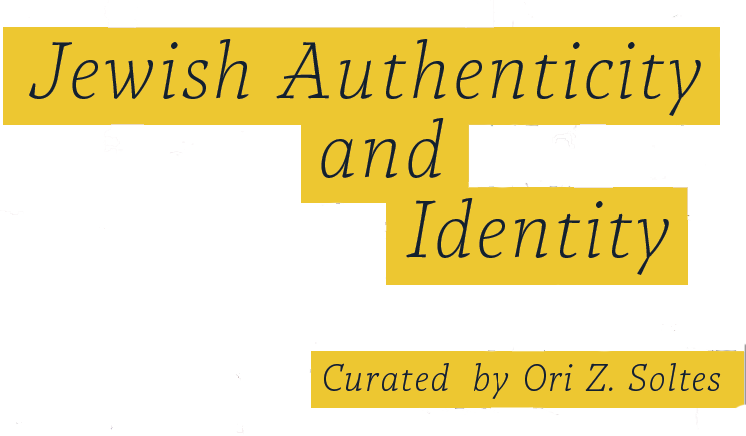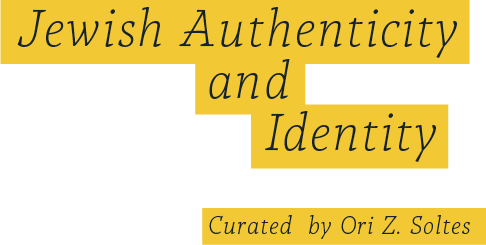
“Hamotzi Lechem Min Ha-aretz,” Hillel Smith, 2016, photograph of painted mural, 14″ x 11″
This sort of stylized poster image is part of Smith’s interest in using traditional forms—nothing could be more traditional for Judaism than Hebrew writing—in new calligraphic ways. This is true even more boldly in the sort of work for which he is best known—large murals—located all around the United States. In Los Angeles, for example, he decorated the entire surface of a 20’ x 20’ wall—of a kosher bakery—with a mural that bears the boldly stylized words “HaMotzee Lehem Min ha’Aretz.” These words—“who brings forth bread from the earth”—are the culmination of the brief prayer of thanksgiving recited by a traditional Jew over the bread with which a meal is typically begun. Smith contrives his enormous letters, together with two stylized stalks of wheat, of bright, white-highlighted yellow against a deep orange and shadows of dark reddish-violet. It is as if he is illustrating a unique version of Elisa Kleven’s delightful children’s book, Sun Bread—except it is the words themselves, the text of the Jewish, Hebrew-language blessing, that stand in for Kleven’s smiling sun, embedded in a loaf of bread.
Hillel Smith is an artist and designer focused on re-imagining the potential of Judaica by utilizing contemporary media to create new manifestations of traditional forms. He has painted dynamic Jewish murals in Southern California, Atlanta, Virginia, Minnesota, Jerusalem, and at the Fendi headquarters in Rome, Italy. He revitalizes ancient rituals with online projects, including the Best Omer Ever: GIF the Omer counter and Parsha Posters, encouraging creative reconsideration of religious practice. Seeing Hebrew as the visual glue that binds Jews together across time and space, he also teaches Jewish typographic history, using print as a lens for Jewish life and culture. Making fun and engaging content is similarly the crux of his work as a designer for clients including HIAS, PJ Library, and Patton Oswalt. To learn more about Hillel, check out his website hillelsmith.info and follow him on Instagram @thehillelsmith.

